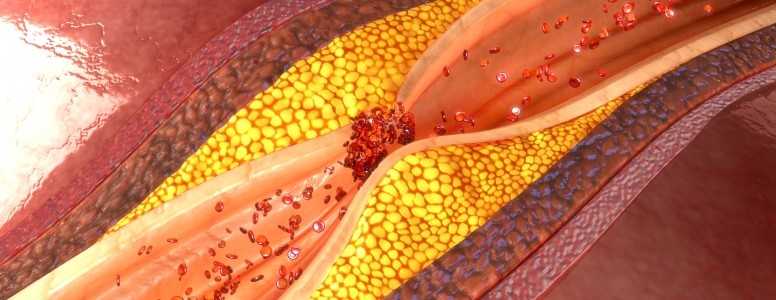A new trial of the iLet, known as the bionic pancreas, has shown successful results in preventing hypoglycemia in people with type 1 diabetes.
The iLet is the brainchild of Edward Damiano, president of Beta Bionics, whose goal is to have the device approved by the US Food and Drug Administration (FDA) in late 2018.
Damiano has previously called the device “a bridge to a cure”, which helps to control insulin levels but also infuses glucagon into the body when blood sugars fall too low.
This new study used dasiglucagon, an analogue of human glucagon, in the dual-hormone artificial pancreas system, to see how well it worked together with insulin in controlling blood sugar levels. Dasiglucagon has been developed by Zealand, a Danish pharmaceutical company.
Ten adults were included in the phase IIa trial, all of whom arrived at the clinic for an 8-hour testing period. The researchers required the participants’ basal insulin rate to be twice their normal rate to increase the likelihood of hypoglycemia occurring. The participants were monitored throughout to ensure safety.
For the first meal of the day at lunchtime they received standard bolus insulin then performed 30 minutes of exercise to stimulate the administration of glucagon.
The automated dosing algorithms delivered glucagon in response to falling blood sugar, keeping participants’ blood glucose levels within the target range between 70 per cent and 65 per cent of the time, respectively, for dasiglucagon and a recombinant glucagon that was used in comparison.
“The results of this trial with dasiglucagon are an important step towards a new era of automated diabetes management,” said principal investigator Dr Steven J. Russell. “We now have a stable drug candidate with a potential to be used for automated prevention of hypoglycemia.”
The use of dasiglucagon was shown to be safe and well tolerated, with no episodes of severe hypoglycemia. The research team will now use the findings to further clinical development of dasiglucagon in the iLet pump system.
“As can be seen traced across a half-dozen manuscripts published in leading peer-reviewed medical journals over the past seven years, we have refined and optimized our insulin and glucagon dosing algorithms for a bihormonal bionic pancreas in adults, adolescents and pre-adolescents with type 1 diabetes,” said Damiano.
“These algorithms have now been integrated into the iLet. All the while, we have been eagerly anticipating the development of a stable, pumpable, glucagon analog suitable for chronic use in a dual-hormone bionic pancreas.”
What's new on the forum? ⭐️
Get our free newsletters
Stay up to date with the latest news, research and breakthroughs.








